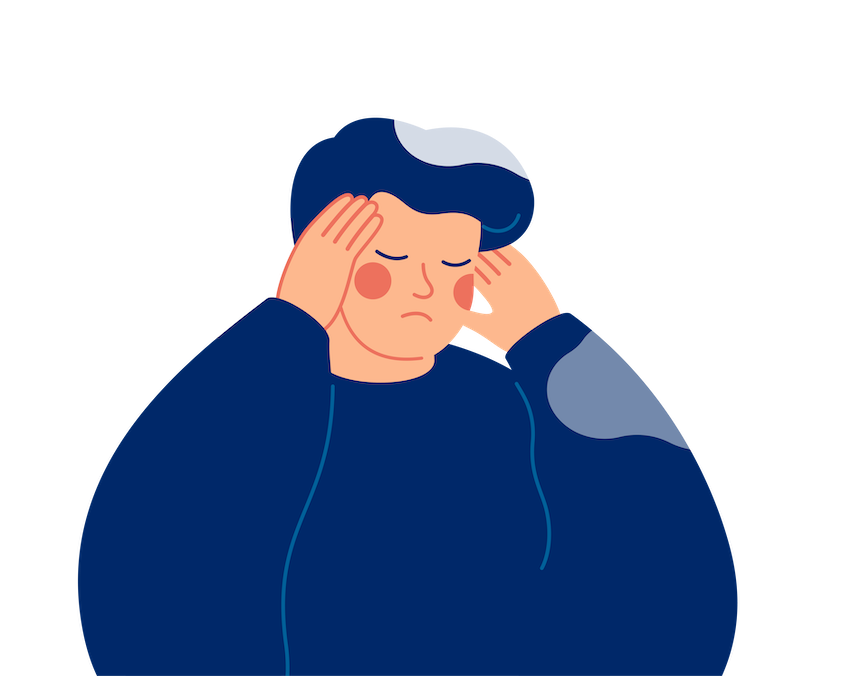Why You Should be Concerned about Suicide
Suicide is the second leading cause of death for people ages 10-34

Even if your child looks good on the outside that doesn’t mean they are good on the inside and they may have suicidal thoughts.
Learn what puts kids at greatest risk for suicide and how you can protect them.
Is Your Child at High Risk for Suicide?
Suicide risk is most often the result of multiple risk factors converging at the same time to create feelings of hopelessness and despair.
Mental Health Factors
- Depression
- Substance use problems
- Bipolar disorder
- Schizophrenia named psychosis
- Personality traits of aggression, mood changes and poor relationships
- Conduct disorder
- Anxiety disorder
Environmental Factors
- Access to lethal means including drugs or guns
- Prolonged stress like harassment, bullying or relationship problems
- Stressful life events including a death or divorce
- Exposure to another person’s suicide or graphic details of suicide

Depression is the most common issue associated with suicide and often untreated.
There is never a single cause for suicide.
Historical Factors
- Previous suicide attempts
- Family history of suicide
- Childhood abuse, neglect or trauma
LGBTQ Young People Have Increased Risk
Lesbian, gay and bisexual youth are four times more likely to attempt suicide than straight youth while transgender people are 12 times more likely to attempt suicide than the general population.
Mental Health Wellness
is Vital to Prevent Suicide
Mental health is as important as physical health. Struggles are not a sign of weakness nor something someone can just snap out of by choosing to feel well. Mental health lives on a continuum, and no one feels fantastic all the time.

Mental health conditions were a factor in 90%+ suicide deaths in the United States.
Talk with your Child
about their Mental Health
Conversation Starters



During Your Conversation
Do
- Listen without judgment
- Ask “how can I help?”
- Validate their feelings
- Be patient
Don't
- Interrupt or speak over
- Tell them how they should feel
- Jump in with solutions
- Be critical or blaming
Continue the Conversation
Respect their choice if they’re not immediately ready to talk but be ready when they are. Having conversations can lead to connections with mental health professionals.
If Your Child Expresses Suicidal Thoughts
Don’t be afraid to ask if they have thought about ending their life. Talking about it won’t plant the seed but will better equip you. If they indicate suicidal intentions take them seriously and engage them in a caring way. Let them know you love them unconditionally and you’re going to support them through their challenging time. Encourage them to seek professional help, immediately if needed.

More Ways to Prevent Suicide in Your Family
- Ensure your child has access to mental health care
- Help them get connected to others – friends, family and school organizations
- Teach them life skills like coping, problem-solving, and ability to adapt to change
- Boost their self-esteem
- Help them see their purpose or meaning in life
- Reduce access to lethal means by locking up firearms and medication bottles
- Know whom to contact in a crisis
You do not have to do this alone;
we are here to help.
Suicide
Warning Signs
Monitor changes in what your child is saying, their behavior and their mood.
Talking About
- Killing themselves
- Feeling hopeless and trapped
- Having no reason to live
- Being a burden to others
- Unbearable pain
- Guilt or shame
Behavior
- Harming themselves
- Taking more risks than usual (driving, substance use)
- Not acting like themselves
- More irritable, aggressive or tired than normal
- Skipping activities they generally enjoy
- Searching for a means to end their lives, online and otherwise
- Isolating from family and friends
- Changing eating or sleeping habits
- Giving away prized possessions
Mood
- Depression
- Anxiety
- Loss of interest
- Irritability
- Humiliation
- Agitation or rage
Mental Health Care for your Child
Northeastern Mental Health Center serves nine counties in northeastern South Dakota including Campbell, Walworth, McPherson, Edmunds, Faulk, Brown, Spink, Marshall and Day. We have physical offices in Aberdeen, Webster, Redfield and Mobridge but offer appointments via Zoom or over the phone anywhere. Learn more about who we are and meet our team.
We can help regardless of your ability to pay
Insurance coverage of mental health services is typically different from coverage of other medical care. If your insurance provides inadequate or no coverage for mental health care, we provide services at a discount or free of charge to those who qualify.
